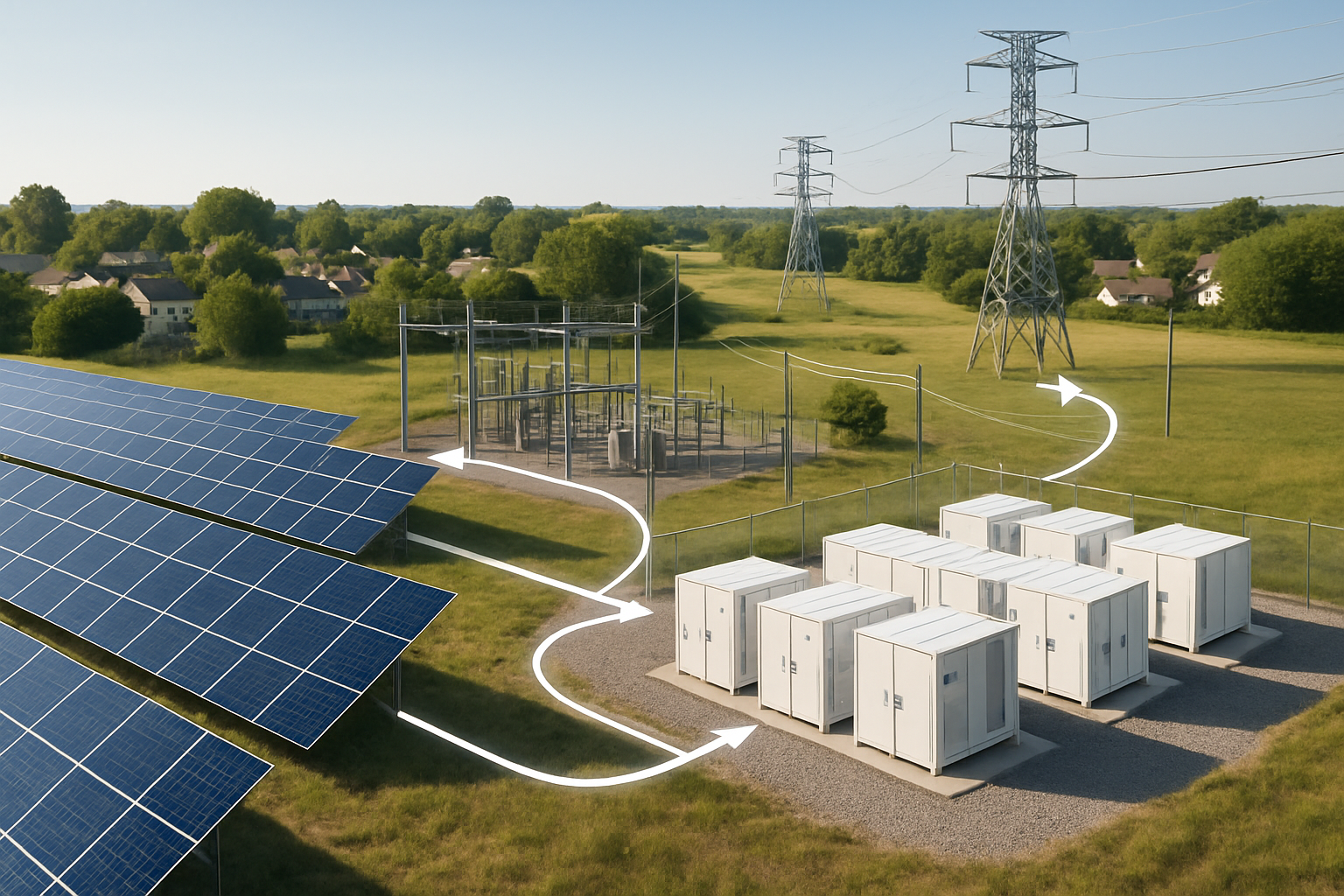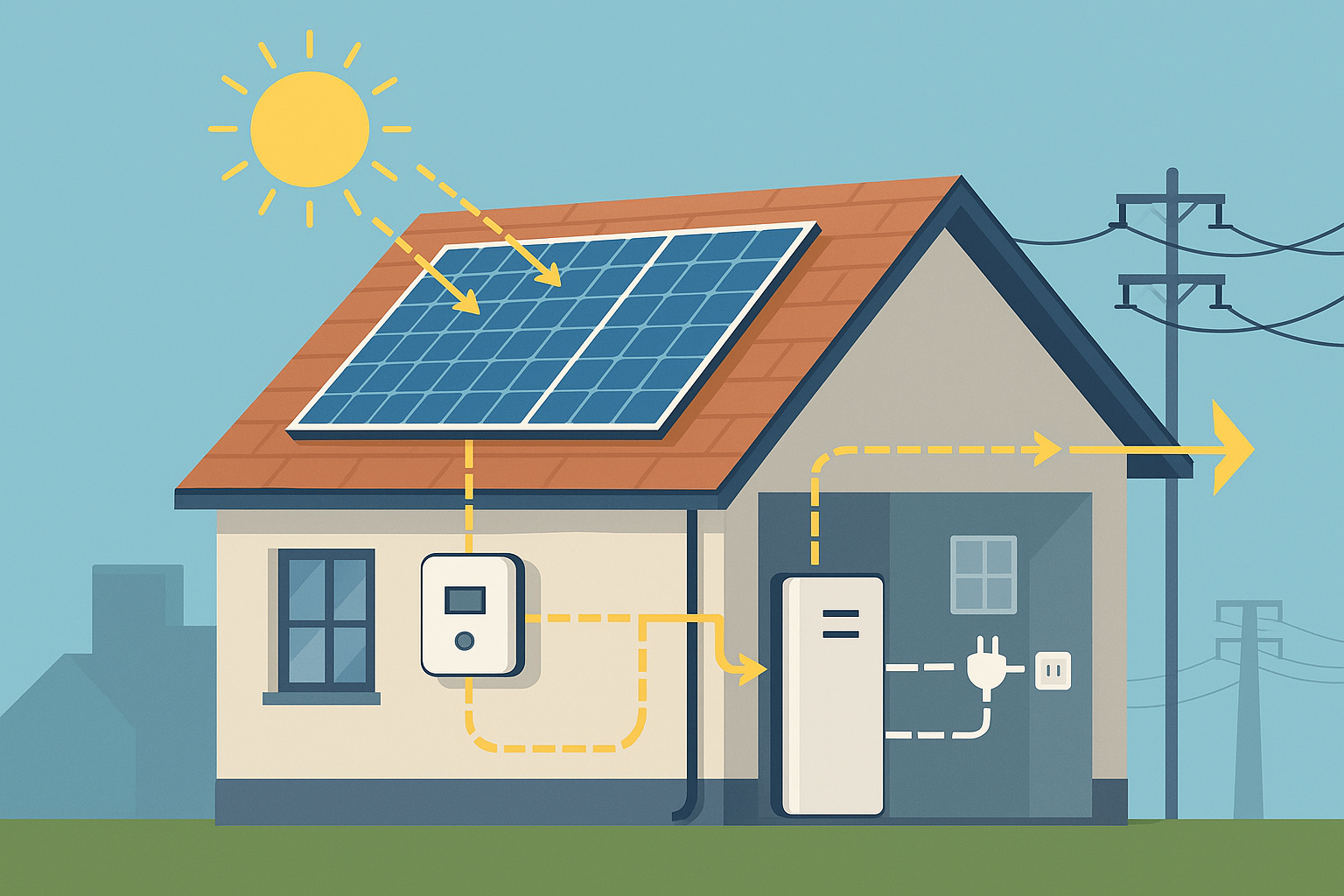Building a solar energy system involves more than just solar panels. A significant portion of any solar project's total expense comes from what we term Balance of System (BOS) costs. These are the components and services beyond the photovoltaic (PV) modules themselves. Effectively managing these costs while ensuring the highest quality is crucial for the long-term success and profitability of your solar investment. This article provides a clear approach to navigate PV BOS costs, helping you achieve energy independence with dependable and scalable solutions.

Understanding Balance of System (BOS) Costs
BOS refers to all the non-module components and associated expenses required for a solar power system to function. This encompasses everything from the physical infrastructure to the administrative processes. BOS costs can account for a substantial portion of a solar project's total expenditure, sometimes even surpassing the cost of the solar modules themselves.
Components of BOS
- Inverters: These convert the direct current (DC) electricity generated by solar panels into alternating current (AC) electricity usable in homes and businesses. Different types, such as string inverters and hybrid inverters, offer varying costs and functionalities.
- Mounting Structures: These include racks, frames, and tracking systems that secure the solar panels. The choice of mounting significantly impacts cost, especially for large-scale projects where tracking systems are increasingly common.
- Wiring and Electrical Components: This category covers cables, switches, circuit breakers, combiner boxes, and other electrical safeguards. Proper wiring is vital for minimizing electrical system losses and ensuring safety.
- Energy Storage Systems: For systems aiming for energy independence or backup power, batteries are a key BOS component. Lithium iron phosphate (LiFePO4) batteries are gaining prominence for their performance and safety.
- Soft Costs: These are non-hardware expenses, including permitting fees, inspection costs, labor for installation, engineering design, and project management.
Historically, the focus for cost reduction in solar has been on PV modules. However, with significant reductions in module prices, other parts of the value chain, particularly BOS components and soft costs, have become increasingly important for lowering the overall cost of electricity (LCOE) from solar.
Strategic Approaches to Cost Reduction
Reducing PV BOS costs requires a multi-faceted approach that balances initial expenditure with long-term performance and reliability. You can achieve substantial savings by focusing on intelligent design, advanced technology, and efficient project execution.
Optimizing Design and Technology Selection
- Standardization and Modularity: Standardizing designs and using modular components can streamline manufacturing and installation, leading to reduced labor and material costs. Simplifying the design of mounting systems, for instance, can lower fabrication and assembly expenses.
- High-Efficiency Components: Investing in higher-efficiency solar panels and advanced inverters can maximize energy output from a smaller footprint, potentially reducing the number of panels needed and thus some BOS costs.
- Advanced Battery Technology: The cost of battery energy storage systems (BESS) has seen a dramatic decline, dropping by 93% since 2010 to reach an average of $192/kWh for utility-scale systems in 2024. This makes integrating storage more economically viable. Opting for advanced LiFePO4 batteries offers superior performance, longer cycle life, and enhanced safety, contributing to greater system efficiency and reduced replacement frequency.
Efficient Supply Chain and Project Management
- Strategic Sourcing: Building strong relationships with diverse and reliable suppliers can mitigate supply chain disruptions and secure better pricing. Sourcing components locally, where feasible, can also minimize shipping costs and delays.
- Automation in Installation: Introducing automation in repetitive installation tasks can reduce labor costs and improve consistency.
- Integrated Planning: Thorough geotechnical investigations and site analysis can inform optimal solar project design, reducing the chance of complications during construction and streamlining the process.
Consider the following table for a general overview of typical cost distribution in solar projects, acknowledging that specific figures vary based on project type and scale:
| Cost Category | Typical Percentage of Total Project Cost |
|---|---|
| PV Modules | 30% - 50% |
| Inverters | 5% - 10% |
| Mounting Structures | 10% - 15% |
| Wiring & Electrical | 5% - 10% |
| Labor & Installation | 10% - 20% |
| Permitting & Interconnection | 5% - 10% |
| Other BOS (e.g., land, engineering) | 5% - 10% |
Quality Control and Performance Assurance
Cost reduction must never come at the expense of quality. High-quality components and installation practices are the foundation of a reliable, long-lasting solar energy system. Compromising on quality can lead to costly repairs, reduced energy output, and safety hazards over the system's lifetime.
Ensuring Component Quality
- Rigorous Testing: Manufacturers should perform extensive testing on components, including visual inspections, electrical performance testing, and dimension checks, to ensure they meet specified standards.
- Supplier Vetting: Engage with suppliers who have a proven track record of producing durable and high-performing equipment. Independent quality assurance (QA) and quality control (QC) services can provide oversight during the manufacturing process.
Installation Best Practices
- Skilled Labor: Employing trained and certified installers is paramount. Proper installation according to industry best practices and codes prevents defects and ensures optimal system performance.
- Site-Specific Design: Tailoring the system design to specific site conditions, including topography and environmental factors, enhances durability and efficiency.
Long-Term Monitoring and Maintenance
Once installed, ongoing monitoring and preventive maintenance are crucial for maximizing energy yield and extending the system's lifespan. Remote monitoring systems can detect performance anomalies early, allowing for timely interventions. Proactive maintenance helps avoid costly downtime and ensures consistent energy output.
The Role of Integrated Solutions for Energy Independence
The solar and energy storage industry is rapidly evolving, with integrated solutions offering compelling advantages for cost control and quality assurance. Combining solar PV with battery storage creates a unified system that delivers greater efficiency, reliability, and energy independence.
Benefits of Integrated Energy Storage Systems
Integrated energy storage systems (ESS) streamline the installation process and reduce complexity by combining lithium batteries, hybrid inverters, and solar panels into a cohesive unit. This integration offers several benefits:
- Enhanced Energy Utilization: You can store excess solar energy generated during the day for use at night or during peak demand periods, maximizing self-consumption and reducing reliance on the grid.
- Improved Grid Stability and Resilience: Integrated ESS can provide backup power during outages, ensuring a consistent energy supply. They also contribute to grid stability by offering fast response for peak shaving and frequency regulation. The International Renewable Energy Agency (IRENA) highlights that hybrid systems combining solar, wind, and storage are improving grid resilience and performance.
- Cost Savings: By optimizing energy use and reducing peak electricity demand, integrated systems can significantly lower electricity bills. The dramatic decline in battery costs further enhances their economic viability.
- Simplified Installation and Compatibility: Sourcing components from a single provider for an integrated system helps avoid compatibility issues and ensures optimal performance. This approach simplifies the design and installation process, reducing potential errors and associated costs.
For homes, farms, or remote cabins, off-grid solar solutions with integrated lithium battery storage provide complete energy independence. These systems are designed to be robust and reliable, ensuring consistent power supply even in challenging environments.
The International Energy Agency (IEA) emphasizes that integrating higher shares of variable renewable energy, such as solar PV, is essential for decarbonizing the power sector. This integration is increasingly supported by affordable distributed energy resources and battery energy storage systems, which expand flexibility options for power systems.
Charting a Sustainable Energy Future
Controlling PV BOS costs while upholding quality is a dynamic process that demands careful planning, informed technology choices, and a commitment to robust implementation. The advancements in solar and energy storage technologies offer unprecedented opportunities to build efficient, reliable, and cost-effective solar solutions.
You can achieve long-term value and contribute to a sustainable energy future by prioritizing smart design, leveraging integrated systems with advanced lithium battery technology, and maintaining stringent quality controls throughout your project. Our commitment lies in providing reliable and scalable energy solutions, empowering you to achieve true energy independence and contribute to a cleaner, more resilient energy landscape.





Leave a comment
All comments are moderated before being published.
This site is protected by hCaptcha and the hCaptcha Privacy Policy and Terms of Service apply.